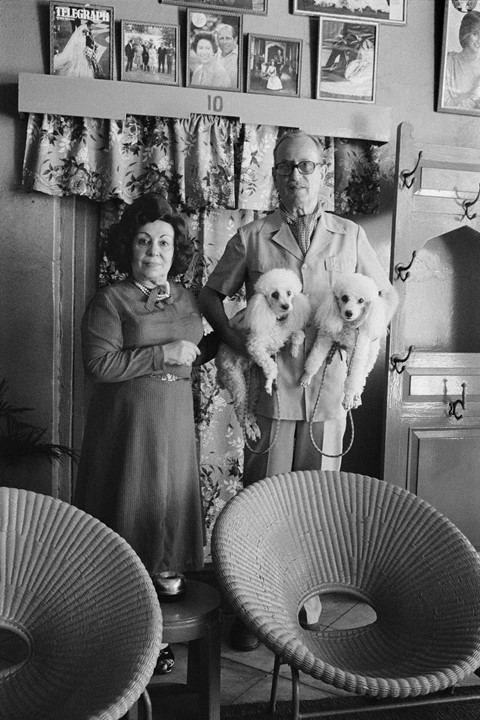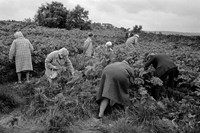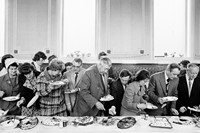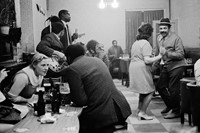A new book, Martin Parr: Early Work, looks back at the seminal photographer’s formative years. Here, he tells us more
Martin Parr remembers when, as a young man growing up in the UK, he first realised that it was his destiny to become a photographer. It began when his grandfather lent him a camera, and increased when he discovered Creative Camera magazine in the late 1960s, immersing himself in the work of Robert Frank and Garry Winogrand.
“But what was most exciting for me was seeing the work of Tony Ray-Jones,” Parr tells AnOther. The year was 1971. Parr, a photography student at Manchester Polytechnic, came across Ray-Jones’ photographs made in England in the late 1960s and was transfixed. “This was one of those moments when your life is changed,” he remembers. “You see something and think, ‘Ahh, this is the aspiration I can look to in terms of work.’”
With his compass set, Parr set off to photograph the coast and countryside of north England and Northern Ireland, creating series of black and white works that laid the foundation for the next 50 years of his practice. In the new book, Martin Parr: Early Works (RRB Photobooks/Martin Parr Foundation), the photographer takes us back to those formative years, painting a portrait of Britain that eloquently captures the idiosyncratic character of its people.
“We are quite an eccentric nation, and the wryness of observation that Tony Ray-Jones did so well was something I aspired to myself,” Parr says. “There is a humour and there is always a tragedy – especially at the seaside. It always feels slightly sad in a sense. They’re all meant to be jolly but they’re often quite run down. So that contradiction and ambiguity I very much like.”

His photographs – made at football grounds, cricket matches, horse races, country fairs, swimming pools, buffet lunches, banquets, and other sundry events – offer an intimate, revealing look at a very traditional way of life.
“I’m very fond of my early black and white pictures,” Parr says. “Although they are almost two generations away, I remember taking every single picture and the excitement and sheer joy of going out in the world and finding picture. Most of the time we don’t find pictures, so these are the cherished times when it falls into place. To achieve that, you have to keep shooting and be obsessed – which I am. It’s so nice to see the fruits that this ultimately bears.”
Martin Parr: Early Works, co-published by RRB Photobooks/Martin Parr Foundation, is available to pre-order now.






